Disclosure: This article contains affiliate links. We may earn a commission from purchases at no extra cost to you, which helps our travel content.
Standing atop the lush Margalla Hills as dawn breaks over Islamabad, I'm struck by how this meticulously planned capital defies the chaotic urban stereotype often associated with South Asian cities. The geometric grid below, interspersed with abundant green spaces and backed by mountain silhouettes, reveals Pakistan's most environmentally conscious city. As someone who's documented sustainable urban planning across four continents, I find Islamabad's balance of development and nature preservation particularly compelling – a hidden gem for the environmentally conscious traveler seeking cultural immersion without the overwhelming sensory assault of the subcontinent's larger metropolises.
Understanding Islamabad: The Green Heart of Pakistan
Unlike ancient cities that evolved organically over centuries, Islamabad was conceived in 1960 as a purpose-built capital, designed by Greek architect Constantinos Doxiadis with sustainability principles that were ahead of their time. The city's grid system divides it into sectors, each with designated green spaces and community areas.
What fascinates me most as an environmental educator is how Islamabad maintains its status as Pakistan's greenest city despite rapid urbanization. During my research visits to document sustainable urban planning, I've walked through neighborhoods where the mandatory 23% green space requirement creates urban forests rather than concrete jungles. The capital's elevation at the foot of the Margalla Hills National Park provides natural air conditioning, reducing the urban heat island effect common in South Asian cities.
During my first visit, I was surprised to learn about Islamabad's CDA nursery, which has grown over 5 million plants to maintain the city's verdant character. For nature enthusiasts, I recommend exploring the city with a field guide to identify the diverse flora that gives Islamabad its distinctive character.
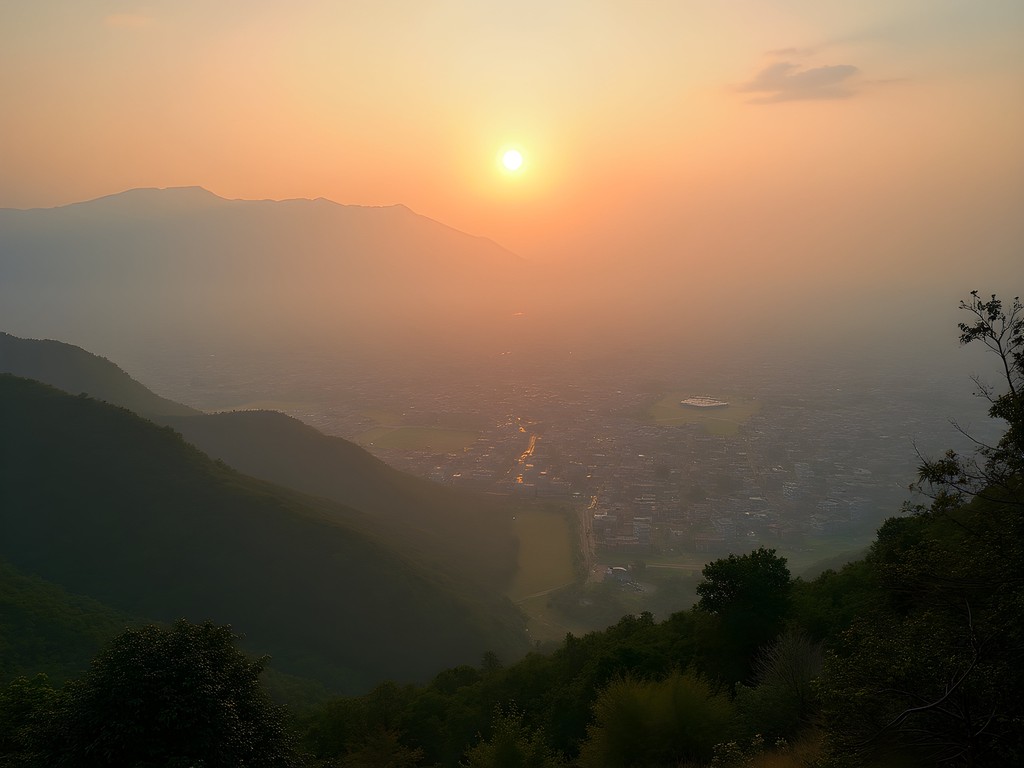
💡 Pro Tips
- Visit the CDA nursery to learn about indigenous plant cultivation
- Explore sectors F-6 and F-7 to see exemplary urban green space integration
- Download the PakEco app for identifying local plant species
Cultural Immersion: Beyond the Diplomatic Enclaves
While Islamabad's reputation as a diplomatic hub might suggest a sterile cultural environment, my experiences have revealed a rich tapestry of Pakistani heritage beneath the modern exterior. The city serves as a fascinating cultural crossroads where traditions from across Pakistan's diverse provinces converge.
The crown jewel of Islamabad's cultural landscape is undoubtedly the Pakistan Monument, whose blooming flower design symbolizes the nation's unity in diversity. During my research visits, I've spent hours at the adjacent museum, where interactive exhibits chronicle the country's environmental and cultural evolution. The monument is particularly spectacular at sunset when the alabaster petals glow amber against the darkening sky.
For an authentic immersion into local life, I recommend venturing beyond the diplomatic sectors to the bustling Sunday Bazaar (locally known as Itwar Bazaar). Here, amid the vibrant stalls, I've practiced sustainable tourism by purchasing directly from artisans, including handcrafted Pakistani wool shawls that support traditional textile communities while providing excellent protection against Islamabad's surprisingly chilly evenings.
The Lok Virsa Museum (National Institute of Folk & Traditional Heritage) offers another profound cultural education. During my last visit documenting traditional ecological knowledge, I spent an entire day exploring exhibits that demonstrate how indigenous practices have contributed to environmental sustainability across Pakistan's diverse ecosystems.
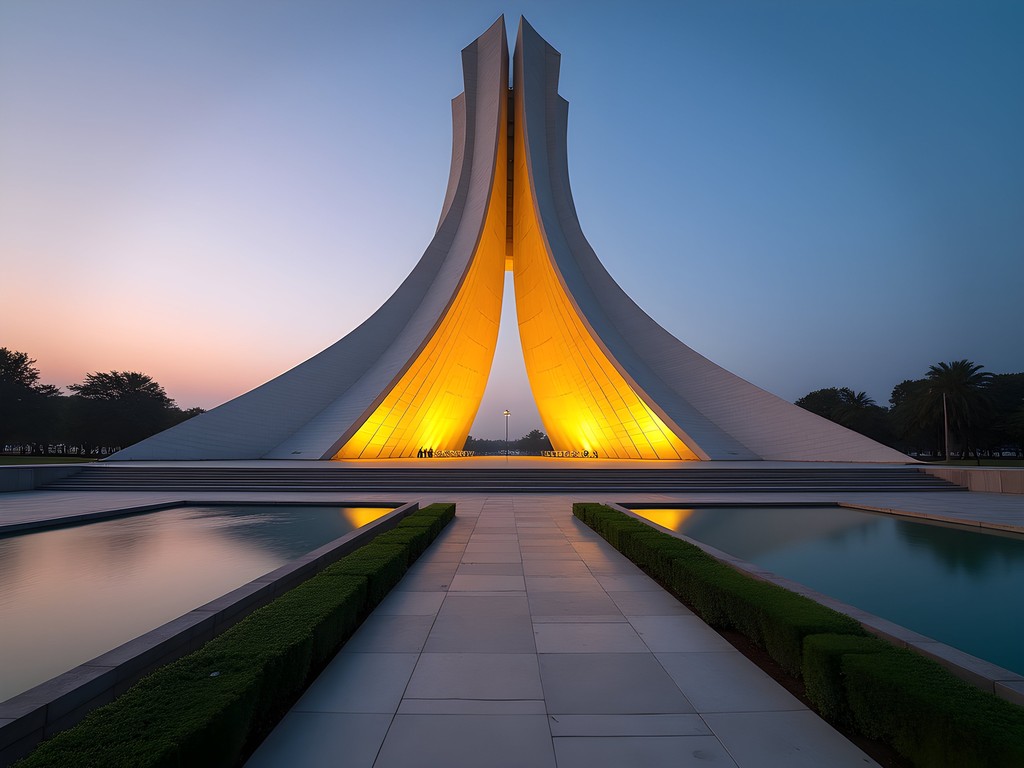
💡 Pro Tips
- Visit Pakistan Monument at sunset for spectacular lighting and fewer crowds
- Bring small denominations for bargaining at Itwar Bazaar
- Allocate at least 3 hours for properly exploring Lok Virsa Museum
Sustainable Accommodations: Eco-Conscious Stays in the Capital
Finding accommodations that align with environmental values can be challenging in developing regions, but Islamabad offers several options that impressed even my sustainability-focused perspective. During my extended research visits, I've experimented with various lodging styles across the city's sectors.
For mid-range travelers, I highly recommend the solar-powered guest house experience in sector F-7, where several family-run establishments have embraced renewable energy. My favorite, Islamabad Homestay, generates nearly 70% of its electricity from rooftop solar panels – a fact I verified while documenting green energy adoption in urban Pakistan. The traditional Pakistani breakfast served in their garden courtyard, featuring local organic ingredients, became my morning ritual.
Those seeking luxury with conscience will appreciate the Serena Hotel's environmental initiatives. While initially skeptical of corporate sustainability claims, I was genuinely impressed by their comprehensive water recycling system, plastic reduction program, and farm-to-table dining concept that supports local agricultural communities. Their filtered water station in every room eliminated my need for plastic bottles during my stay.
For budget travelers, the Youth Hostel in G-5 sector has implemented impressive waste reduction systems. Their community kitchen encourages guests to cook together using locally-sourced ingredients, creating both cultural exchange opportunities and reduced food waste – a model of sustainable tourism I've documented for my educational blog series.
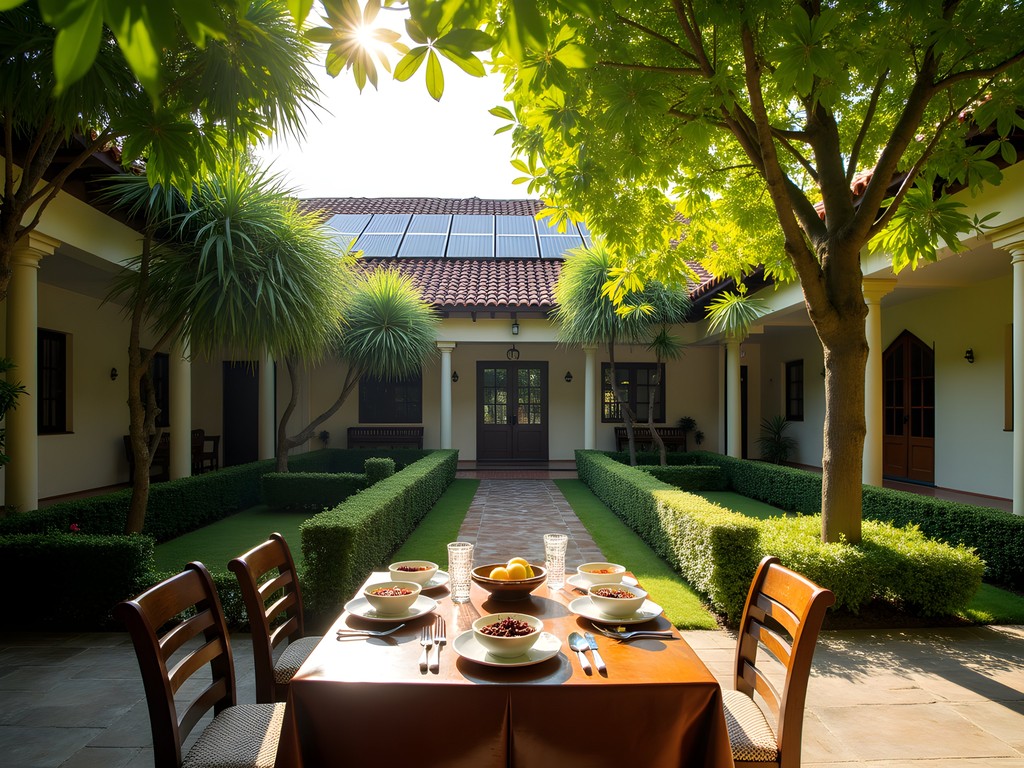
💡 Pro Tips
- Request rooms on the east side of buildings for cooler temperatures in summer months
- Book accommodations in F sectors for proximity to green spaces and hiking trails
- Ask about establishment's water conservation practices – support those with rainwater harvesting
Natural Escapes: Margalla Hills and Beyond
What truly distinguishes Islamabad from other South Asian capitals is the accessibility of natural escapes within minutes of the city center. The Margalla Hills National Park – a protected area spanning 17,000 hectares – serves as the city's green lungs and outdoor playground.
During my research on urban-adjacent protected areas, I've hiked most of the numbered trails that ascend from various points in the city. Trail 3 remains my favorite for its moderate difficulty and remarkable biodiversity – I've documented over 30 bird species during a single morning hike. For serious hikers, I recommend investing in a hydration system rather than carrying plastic water bottles. The trails can be deceptively challenging, especially in warmer months.
Rawal Lake, the city's primary reservoir, offers another natural retreat. During my comparative study of urban water conservation practices, I spent several evenings at the lakeside, observing how this engineered ecosystem has evolved into a habitat for migratory birds. The Lake View Park provides excellent spots for environmentally-conscious picnicking, though I encourage visitors to participate in the regular weekend cleanup events organized by local conservation groups.
For a more immersive natural experience, I recommend the lightweight trekking poles for a day trip to the nearby Murree Hills, where pine forests provide welcome relief from summer heat. During my research on climate adaptation in mountain communities, I discovered several small eco-lodges in this area that offer authentic farm-to-table dining experiences featuring regional Punjabi and Pahari cuisine.
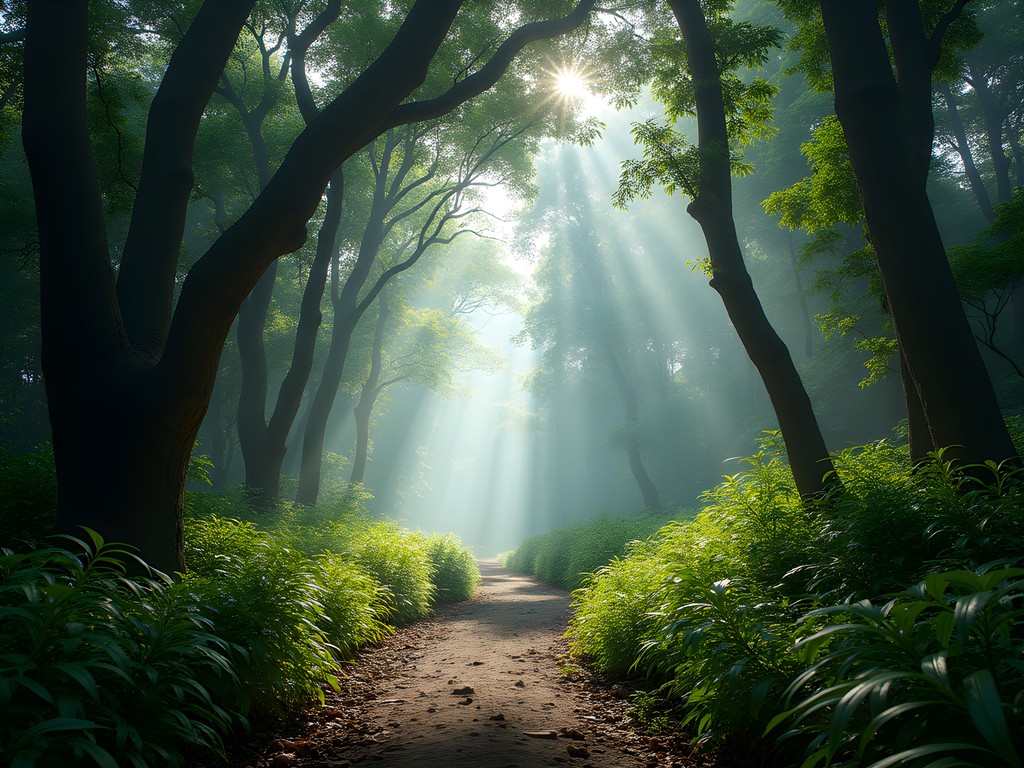
💡 Pro Tips
- Start Margalla hikes early morning (before 7am) to avoid heat and spot wildlife
- Carry at least 2 liters of water per person for any Margalla trail
- Join the Islamabad Wildlife Management Board's weekend nature walks for expert guidance
Navigating Local Transportation: Sustainable Options
Islamabad's well-planned grid layout makes it one of South Asia's most navigable capitals, though understanding the transportation options requires some local knowledge. During my research on sustainable urban mobility, I've experimented with every available mode of transport in the city.
The Metro Bus system, connecting Islamabad with neighboring Rawalpindi, represents the city's most significant public transit investment. While not comprehensive, it provides an efficient corridor along the main commercial route. I've found the contactless transit card particularly useful, as it works across multiple transportation systems and eliminates the need for cash transactions.
For exploring within sectors, ride-sharing apps like Careem and Uber offer affordable options with the benefit of fixed pricing – eliminating the negotiation often required with traditional taxis. During my documentation of transportation emissions, I was pleased to discover Careem's GO Green option, which utilizes hybrid vehicles for environmentally conscious travelers.
For the most authentic experience, I recommend the local minivans (suzukis) that follow established routes between markets and residential areas. While initially intimidating, these provide unparalleled cultural immersion and generate the lowest per-passenger carbon footprint. My GPS tracking watch proved invaluable for navigating these routes, allowing me to track my location while engaging with fellow passengers without constant phone checking.
For environmentally-conscious travelers with time flexibility, Islamabad's tree-lined sectors are remarkably walkable during cooler months. The city's sector design places most amenities within 15-20 minute walking distances, though proper sun protection is essential.

💡 Pro Tips
- Download the Careem app before arrival – it works better than Uber in Islamabad
- Purchase a Metro Card at any station for seamless public transportation
- Walk within sectors but use transportation between sectors, especially in summer heat
Final Thoughts
As my week in Islamabad draws to a close, I find myself reflecting on how this city challenges preconceptions about Pakistan and offers a model for sustainable urban development in South Asia. From the thoughtfully preserved green spaces that comprise nearly a quarter of the city to the cultural institutions that safeguard traditional ecological knowledge, Islamabad represents a fascinating case study in balanced development.
For the environmentally conscious traveler, this capital offers a gentle introduction to Pakistan's rich cultural tapestry without the overwhelming sensory experience of larger cities like Lahore or Karachi. The accessibility of nature within and surrounding the city creates opportunities for meaningful connection with both the landscape and its people.
As we consider the future of sustainable tourism, Islamabad presents both promise and challenge – a city striving to maintain its environmental principles while embracing growth. I invite you to experience this green capital with an open mind and respectful curiosity. In doing so, you'll discover not just the Pakistan beyond headlines, but perhaps new perspectives on how urban spaces can harmonize with natural systems. What sustainable practices might you bring home from your journey to this unexpected green gem of South Asia?
✨ Key Takeaways
- Islamabad offers an ideal introduction to Pakistan's culture with its navigable layout and abundant green spaces
- The city's proximity to Margalla Hills National Park provides immediate access to nature experiences
- Supporting eco-conscious accommodations and transportation options enhances both your experience and positive impact
- Spring (March-May) provides the optimal balance of comfortable temperatures and blooming landscapes
📋 Practical Information
Best Time to Visit
March to May (spring) when temperatures are mild and flowers bloom across the city
Budget Estimate
$40-80 per day including mid-range accommodation, meals, and activities
Recommended Duration
5-7 days to fully explore the city and surrounding natural areas
Difficulty Level
Moderate (Some Language Barriers And Navigation Challenges, But Generally Safe And Accessible)
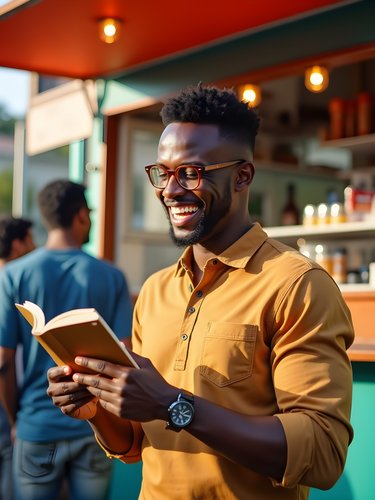
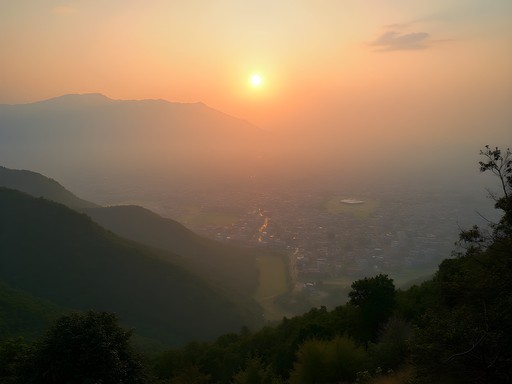
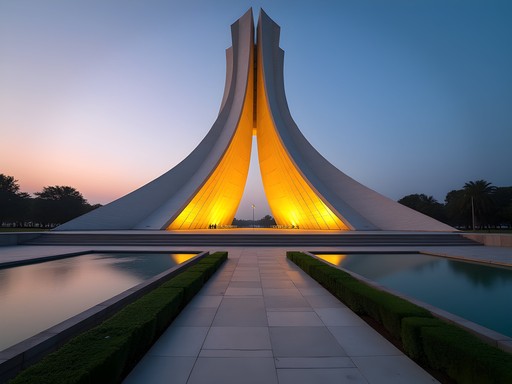
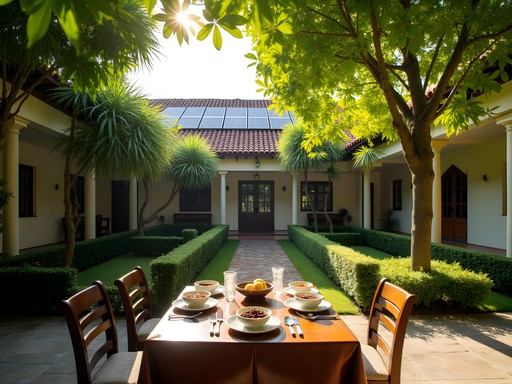
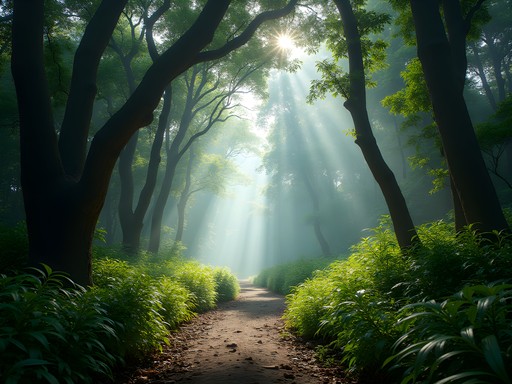
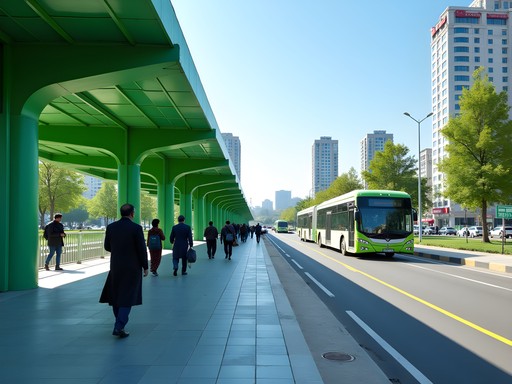


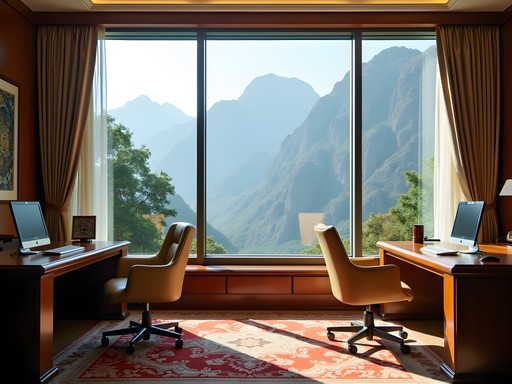
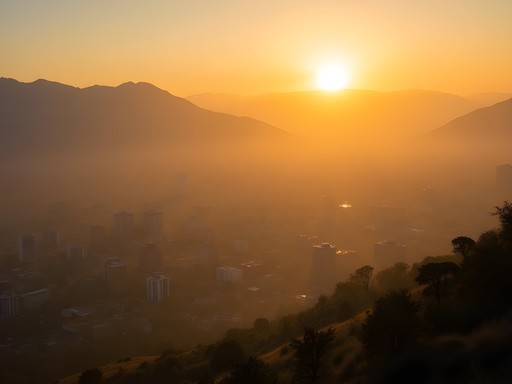
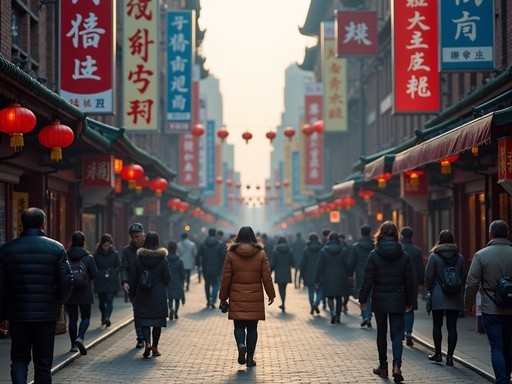
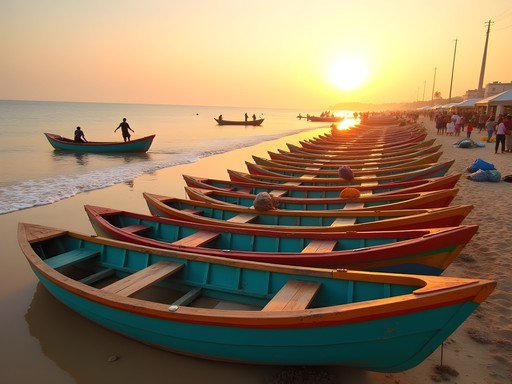




Comments
sunsetdiver
How did you handle transportation around the city? Is Uber available or did you use local options?
springone7447
Not the author but when I went, I used Careem (local ride-share app) and it worked great! Super cheap too.
Lionel Marshall
springone7447 is right - Careem works great. I also used the Metro Bus for longer trips. It's clean, efficient and really affordable!
springone7447
YES! Finally someone showing the real Islamabad! I visited last year and was blown away by how green and organized it is. The Faisal Mosque is even more impressive in person than photos show. Did you try the street food in the Blue Area? Those chapli kebabs changed my life!
Lionel Marshall
Absolutely agree about the kebabs! I think I had them almost every day. The Blue Area was definitely a highlight.
coffeeace
Those Margalla Hills views look incredible! Definitely saving this for later.
journeyvibes
Great post! I've been considering Pakistan but always worried about safety. How did you feel walking around Islamabad as a foreigner? Any areas to avoid?
Lionel Marshall
Thanks for asking! I felt surprisingly safe in Islamabad - it's probably the most secure city in Pakistan. The diplomatic areas and F sectors are extremely safe. Just use standard travel precautions like anywhere else. The locals were incredibly welcoming!
journeyvibes
That's really reassuring, thanks! Adding it to my list for next year.
travel_with_raj
Just got back from Islamabad last week and your guide was spot on! The contrast between the modern city planning and the natural beauty of the surroundings is incredible. We stayed at the Islamabad Serena Hotel which was a bit of a splurge but worth every penny for the amazing gardens and traditional architecture. The Lok Virsa Museum was also a highlight that I didn't see mentioned - amazing collection of Pakistani folk heritage. And definitely second your recommendation about the street food - the samosas from the vendors near Jinnah Market were the best I've ever had!
sunnyninja
Thanks for mentioning the Lok Virsa Museum! Adding it to my itinerary now.
wanderlust_emma
How's the weather in October? Planning a trip then!
Lionel Marshall
October is perfect! Warm days around 25°C (77°F) and cool evenings. The monsoon season is over, so you'll get clear skies for those Margalla Hills hikes!
Adam Nichols
Excellent breakdown of Islamabad, Lionel. Having analyzed several South Asian capitals for my comparative urban development series, I find Islamabad fascinating as one of the few entirely planned capital cities in the region. A few data points worth noting: the temperature differential between Islamabad and Rawalpindi (its twin city) can be 2-3°C due to Islamabad's elevation and green coverage. This makes the capital noticeably more comfortable in summer months. Regarding transportation: while the Metro Bus system is efficient, I found the ride-sharing apps (Careem/Uber) to be the most practical for tourists, with average rides within the main sectors costing under $3-4 USD. The grid system makes navigation straightforward once you understand the sector naming convention (letters indicate residential/commercial areas, numbers indicate sub-sectors). For those interested in the architectural philosophy behind the city, I recommend visiting the CDA building - a prime example of Doxiadis's principles of Ekistics (the science of human settlements) that guided the city's master plan.
coffeeperson
Love those photos of Daman-e-Koh! Added to my bucket list.
skyseeker
This looks amazing! Is English widely spoken there? I'm planning my first Asia trip and considering Pakistan!
citynomad
In Islamabad, yes! It's the capital so many people speak good English, especially in hotels, restaurants and tourist spots. You'll have no problem getting around.
Nicole Russell
Lionel, your description of sunrise from the Margalla Hills took me right back! I did that hike on my second day in Islamabad and it was absolutely magical. For anyone planning to visit, I'd recommend Trail 3 for moderate hikers - it has the best views of the city and Faisal Mosque. Also, don't miss the Pakistan Monument at sunset! The local street food around Jinnah Market was a highlight for me too - the chapli kebabs are life-changing. I found having my pocket translator super helpful when venturing to less touristy areas. Can't wait to go back!
coffeeperson
Those kebabs sound amazing! Did you feel ok using public transport there?
Nicole Russell
Absolutely! The metro bus system is modern and easy to navigate. I used it to get to the main attractions and it was super affordable. For other places, Careem (local ride-sharing app) worked great!
Venture X
Premium card with 2X miles, $300 travel credit, Priority Pass